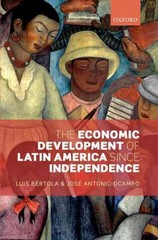Question
In each period, the per-period inverse demand for a good is =100. The product is offered by a pair of Bertrand competitors, firms 1 and
In each period, the per-period inverse demand for a good is =100. The product is offered by a pair of Bertrand competitors, firms 1 and 2. Initially, each firm has a constant marginal cost of _1^=_2^=70. Also, each firm has a discount factor =0.9.
A) Determine the current (or pre-innovation) equilibrium price and quantity.
Suppose firm 1 can reduce its marginal cost from _1^=70 to _1^=70 by incurring a R&D investment cost of 1000. Suppose also that firm 1's R&D investment leads to =10. This innovation is protected by a patent of years. If there were no patent, there would be no innovation.
B) Determine firm 1's profit (ignoring the R&D investment cost) in each period during which its innovation is protected by the patent.
Once the patent expires, the innovating firm's rival can have access to the cost-reducing innovation, i.e., firm 2's marginal cost becomes _2^=70.
C) Determine the equilibrium price and quantity in each period after the patent expires.
D) Determine the minimal length of the patent, i.e., the minimal value of T, so the R&D investment is undertaken assuming the smallest unit of time is 1 year.
E) Determine the total surplus pre-innovation and post-innovation after the patent of T years expires.
Step by Step Solution
There are 3 Steps involved in it
Step: 1

Get Instant Access to Expert-Tailored Solutions
See step-by-step solutions with expert insights and AI powered tools for academic success
Step: 2

Step: 3

Ace Your Homework with AI
Get the answers you need in no time with our AI-driven, step-by-step assistance
Get Started


